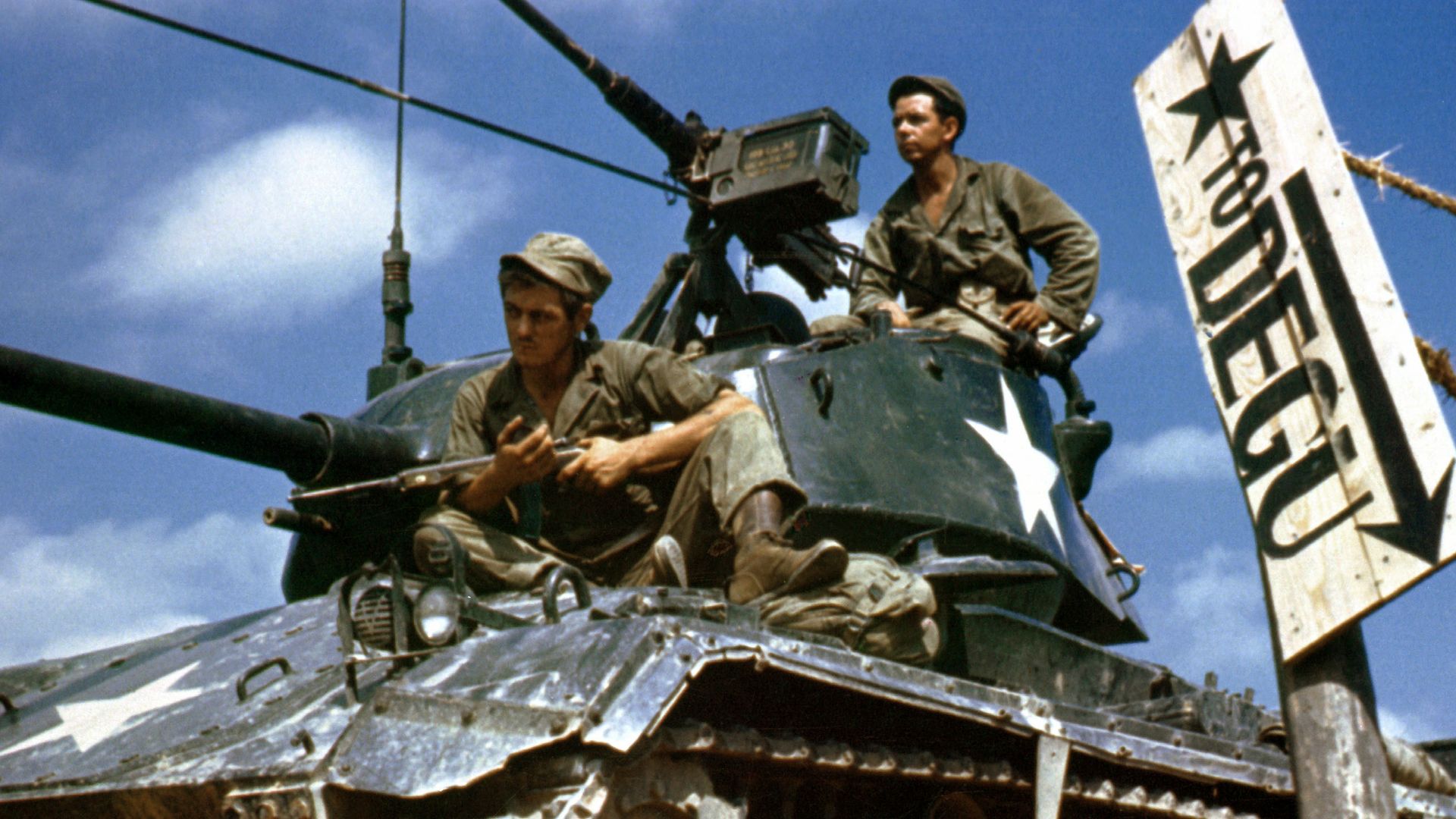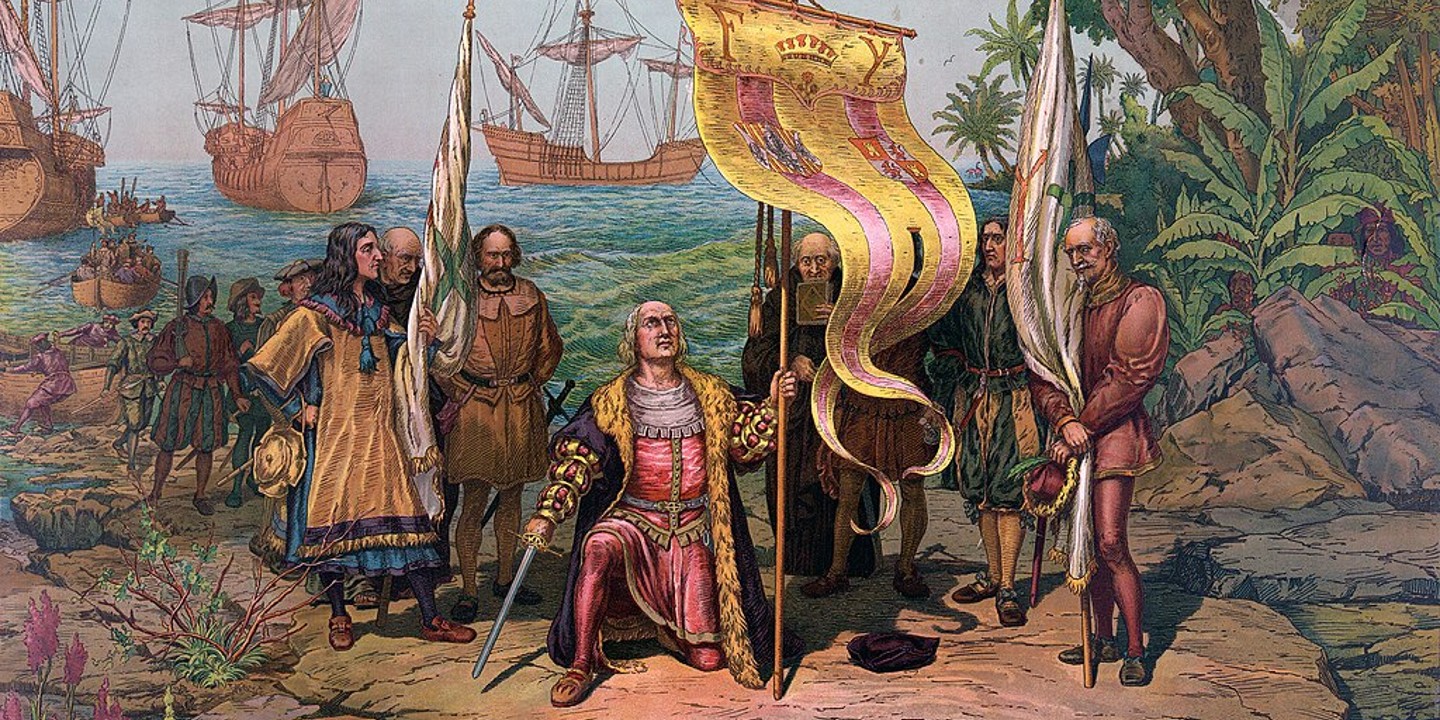The 10 Least Devastating Wars In History & The 10 Most Destructive
Quiet Clashes To Global Ruin
History often spotlights the wars that reduced cities to rubble and redrew the borders of entire empires. Yet, there’s another side to war—one marked by brief standoffs, strange beginnings, and surprisingly little destruction. Between catastrophic battles and forgotten skirmishes exists a range of wars that rarely get attention. So, before we step into the chaos of history’s most devastating wars, let’s take a look at 10 wars that sparked tension but caused remarkably little damage.
 Army; part of the collection of the Office of War Information on Wikimedia
Army; part of the collection of the Office of War Information on Wikimedia
1. The Anglo-Swedish War (1810–1812)
During the Napoleonic era, Sweden declared war on Britain under pressure from France. Interestingly, no battles took place, and both nations quietly continued trade. The war only happened on paper and ended with a peace treaty.
2. The Anglo-Russian War (1807–1812)
Britain and Russia saw limited combat in this war. Naval skirmishes occurred in the Baltic and Barents Seas, but no major land campaigns. The war was driven by trade disruption and had little impact beyond brief maritime encounters.
 Blinov, Leonid Demyanovich (1868-1903) on Wikimedia
Blinov, Leonid Demyanovich (1868-1903) on Wikimedia
3. The War Of The Oranges (1801)
A short one between Portugal and Spain (backed by France), the War of the Oranges lasted only a few weeks. It ended with minor territorial changes and eventually a peace treaty. Spain even briefly occupied a few towns. Thankfully, large-scale battles never unfolded.
4. The Football War (1969)
Yes, a war broke out during a World Cup qualifier! El Salvador and Honduras were already facing deep tensions, but the soccer match lit the fuse. The war lasted less than five days, and thanks to quick action by the Organization of American States, it didn’t spiral further.
5. The First Barbary War (1801–1805)
Fed up with paying pirates for safe passage, the U.S. launched its first foreign military campaign against North African states like Tripoli. Most of the action took place at sea with limited damage on either side. After years of tense standoffs and daring raids, it ended with a peace treaty in 1805.
 William Bainbridge Hoff (died 1903) on Wikimedia
William Bainbridge Hoff (died 1903) on Wikimedia
6. The Pastry War (1838–1839)
A French baker in Mexico claimed his shop was attacked, so France demanded compensation. When Mexico didn’t pay, France sent warships and blockaded the coast, which caused some damage and casualties. It ended soon after Mexico agreed to pay.
7. The Falklands War (1982)
British naval forces carried out a fast and focused response during this short conflict with Argentina. The war lasted over two months and caused fewer than 1,000 deaths. Civilians were barely affected because the islands involved were far from major cities or towns.
8. The Franco-Swedish War (1805–1810)
Sweden joined Britain and Russia in opposing Napoleon, putting it officially at war with France. Most of it happened in Swedish Pomerania, with small battles like Stralsund and Lübeck. But overall, the damage was limited, and it never escalated into full-scale war.
9. The Silesian Wars (1740s–1763)
Austria and Prussia spent over 20 years fighting for control of the Silesia region. The wars played out in several campaigns, with disciplined armies focused on military strategy. Instead of burning towns, they fought for territory, where most civilians were spared.
 Wilhelm Camphausen on Wikimedia
Wilhelm Camphausen on Wikimedia
10. The War Of Jenkins’ Ear (1739–1748)
It all started with an ear—literally. A British captain’s severed ear was shown in Parliament to stir outrage against Spain. Most of this war was small-scale and caused little damage before merging into a much larger European war.
Though the earlier wars were mild in scale, the next 10 reveal just how deadly they can be when destruction knows no limits.
1. World War I (1914–1918)
This war brought trench warfare, poison gas, and staggering loss—around 40 million dead. As the fighting ended, empires collapsed and new political ideologies took hold. Most significantly, it sparked the chain of events that would eventually lead to an even deadlier war.
 Collection DocAnciens/docpix.fr on Wikimedia
Collection DocAnciens/docpix.fr on Wikimedia
2. World War II (1939–1945)
Across continents, the devastation was unlike anything seen before. Over 70 million people lost their lives, with civilians suffering more than soldiers. Nuclear bombs and genocide marked its darkest moments. In the end, powerful global alliances emerged to reshape the postwar world.
 Army Signal Corps photographer LT. Stephen E. Korpanty on Wikimedia
Army Signal Corps photographer LT. Stephen E. Korpanty on Wikimedia
3. The Napoleonic Wars (1803–1815)
Europe saw wave after wave of conflict as Napoleon’s campaigns swept across the continent. Cities fell, lives were lost—over 3.5 million in total. As a result, borders shifted dramatically, and warfare itself evolved, setting the stage for future global military strategy.
4. The Taiping Rebellion (1850–1864)
Fueled by a mix of religion and revolution, this war tore through China with overwhelming force. Massive battles destroyed entire provinces, while famine and displacement pushed civilian suffering to the extreme. By the end, tens of millions had died across the country.
5. The Vietnam War (1955–1975)
The Vietnam War left behind nearly 3 million dead, and civilians made up about half that number. Among its darkest legacies was Agent Orange, a chemical sprayed to strip forests. Its toxic effects caused long-term illness and left deep scars on both land and people.
6. The Mongol Conquests (1206–1368)
Led by Genghis Khan, these campaigns spanned Asia to Europe, erasing entire civilizations. Millions died as cities burned in scorched-earth warfare, where everything was destroyed to break resistance. Despite the devastation, the Mongol expansion reshaped trade routes and transformed cultures across vast regions.
7. The Chinese Civil War (1927–1949)
Long before China became what it is today, the country was torn by a violent internal power struggle. Fighting spread deep into rural regions. Guerrilla warfare, bombings, and famine overwhelmed civilians. Ultimately, a new political foundation took hold.
 Unknown authorUnknown author on Wikimedia
Unknown authorUnknown author on Wikimedia
8. The Rwandan Civil War (1990–1994)
In just 100 days, the country witnessed one of the most harrowing genocides in modern history. Over a million lives were lost, and millions more were uprooted. Ethnic divisions fueled the chaos, while the world’s slow reaction drew widespread condemnation.
 British Red Cross. on Wikimedia
British Red Cross. on Wikimedia
9. The Korean War (1950–1953)
Few conflicts left such a lasting divide. The Korean peninsula still remains split, decades after war reshaped its cities and claimed up to 3 million civilian lives. As Cold War powers took sides, the fighting escalated into a global standoff masked as a local war.
 Camera Operator: SGT. RILEY on Wikimedia
Camera Operator: SGT. RILEY on Wikimedia
10. The Second Congo War (1998–2003)
With armies and rebel groups locked in violent conflict, this war tore through Central Africa. It destabilized the region for years. Even after its vast human cost and complexity, international attention remained limited, leaving one of the deadliest modern wars largely overlooked.
KEEP ON READING

The 20 Most Recognized Historical Figures Of All Time
The Biggest Names In History. Although the Earth has been…
By Cathy Liu Oct 4, 2024
10 of the Shortest Wars in History & 10 of…
Wars: Longest and Shortest. Throughout history, wars have varied dramatically…
By Emilie Richardson-Dupuis Oct 7, 2024
10 Fascinating Facts About Ancient Greece You Can Appreciate &…
Once Upon A Time Lived Some Ancient Weirdos.... Greece is…
By Megan Wickens Oct 7, 2024
20 Lesser-Known Facts About Christopher Columbus You Don't Learn In…
In 1492, He Sailed The Ocean Blue. Christopher Columbus is…
By Emilie Richardson-Dupuis Oct 9, 2024
20 Historical Landmarks That Have The Craziest Conspiracy Theories
Unsolved Mysteries Of Ancient Places . When there's not enough evidence…
By Megan Wickens Oct 9, 2024
The 20 Craziest Inventions & Discoveries Made During Ancient Times
Crazy Ancient Inventions . While we're busy making big advancements in…
By Cathy Liu Oct 9, 2024












